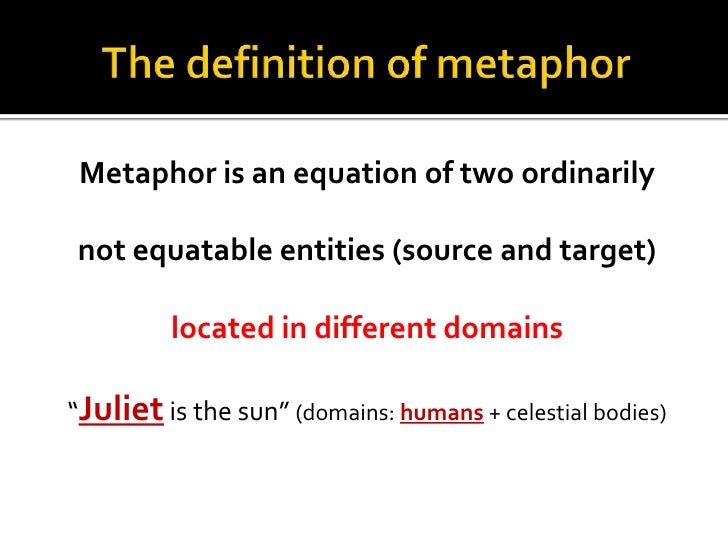
In the second way, you can get two metaphors and put them right next to each other. These sorts of mixed metaphors often sound funny and are mixed-up by accident. For example, you can get two metaphors about death, like “He’s sleeping with the fishes” and “started a worm farm”, and create a new metaphor: “He’s sleeping with the worms.” In the first way, we’ll create one new metaphor out of two different ones. We create mixed metaphors when we use two different metaphors at the same time.

The two things being compared in a metaphor are called the tenor (the thing we want to describe) and vehicle (the thing we are using to make the comparison). How Metaphors are Made: The Tenor and Vehicle When you call someone a dinosaur, you are using a metaphor to describe the fact that they are very old, like a dinosaur! 2. The similarity is that marathons take a long time and require you to pace yourself to get through. We will often say “life is a marathon, not a sprint.” Of course, life isn’t a literal marathon, but there is a similarity that is drawn out in this metaphor.
#Metaphors in the pedestrian full#
The connection between the classroom and the zoo is that a zoo is full of animals hanging off things, running around, and being generally disorderly!

This metaphor might be used to explain a classroom that is messy with children running around everywhere. The daughter is compared to an angel: something that is heavenly and pure. This metaphor implies that your daughter is a beautiful, pure, lovely person. Similarities include the fact we all have roles to play in society and that we all have storylines in our lives, just like in a play. It's likely that this inability to understand the sort of conventional metaphors we use in everyday life is socially isolating for people with schizophrenia.Made famous by Shakespeare, this metaphor draws connections between theater and real life. These activated areas of the brain are very different to the brain areas activated in healthy patients, as if the brain is struggling to find a compensatory mechanism, to bypass the circuits normally used to understand metaphor."

We found that biggest changes in brain activity in schizophrenia patients occur during the basic stage of metaphor processing, that is when a person needs to recognize there is incongruity between the opening sentence and the punchline. We also used everyday metaphors, which would be easily understood. However, by adding the absurd punchline, we were able to explore the stage at which the deficit occurs. "Previous researchers studied brain areas that are connected to impaired metaphor understanding in schizophrenia, so comparing metaphors with literal statements. Researcher Martin Jáni, from the Jagiellonian University, Krakow, Poland said: Instead, schizophrenia patients showed a decreased activation in the temporal suculus (an area ascending from the low central brain towards the back of the head). For example, the healthy group showed brain activation in the prefrontal cortex (near the front of the brain) and left amygdala (at the centre of the brain, near the top of the brain stem), implying that these are the brain areas where metaphors are normally processed. They found that compared to controls, the patient group showed increased brain activity in certain areas, but lower brain activity in others. The scientists monitored brain activity while the subjects were reacting to the stories. 30 of the stories had a metaphorical ending, 30 had an absurd/nonsense ending, and 30 had a neutral ending (i.e. While undergoing a brain scan in a high-sensitivity MRI, they read 90 brief stories.

There has been little attempt to understand why this might be so at a neurological level.Ī group of Polish and Czech researcher examined 30 patients who had been diagnosed with schizophrenia and 30 healthy controls. They tend to take the metaphor at its literal meaning (for example, "a leap in the dark" may imply jumping and darkness for someone with schizophrenia): it may take some time for them to arrive at an understanding of what the metaphor is meant to imply. People with schizophrenia have often problems in understanding some common figurative expressions, such as humour, irony, and spoken metaphors.


 0 kommentar(er)
0 kommentar(er)
